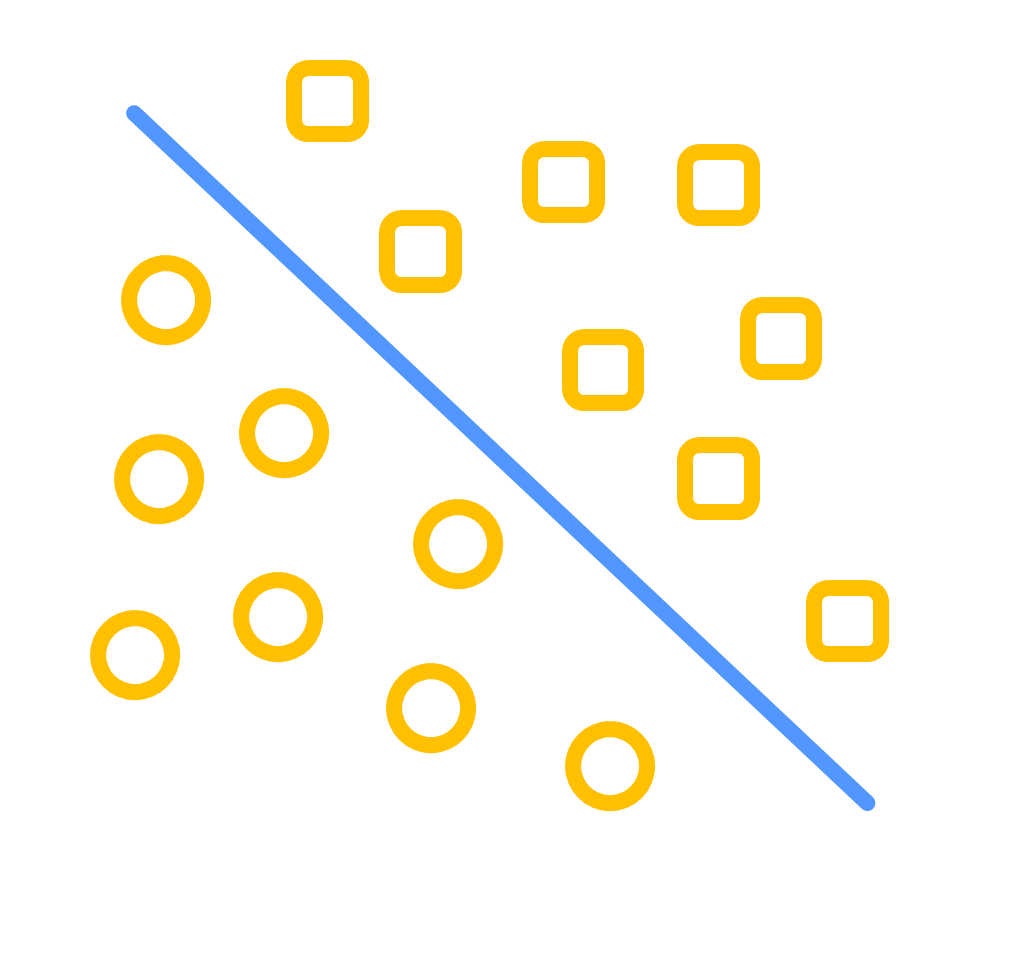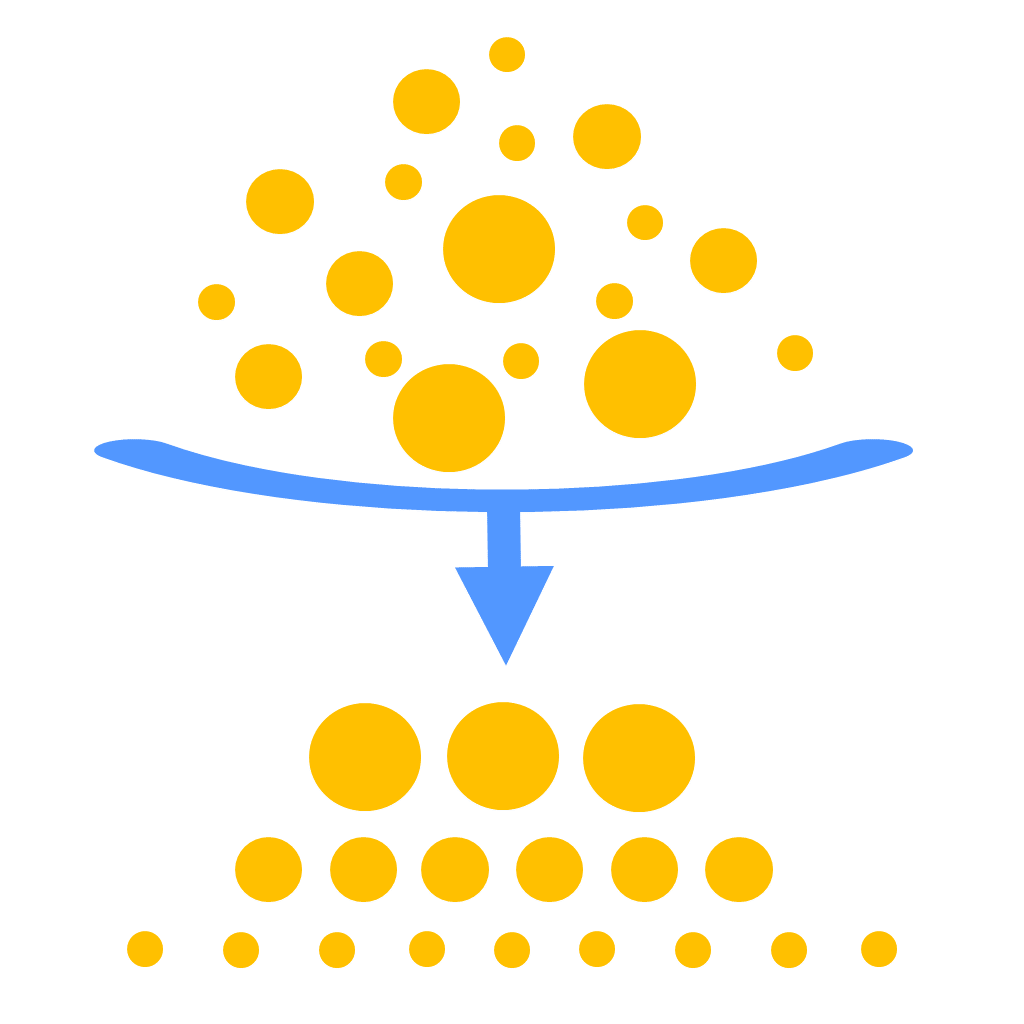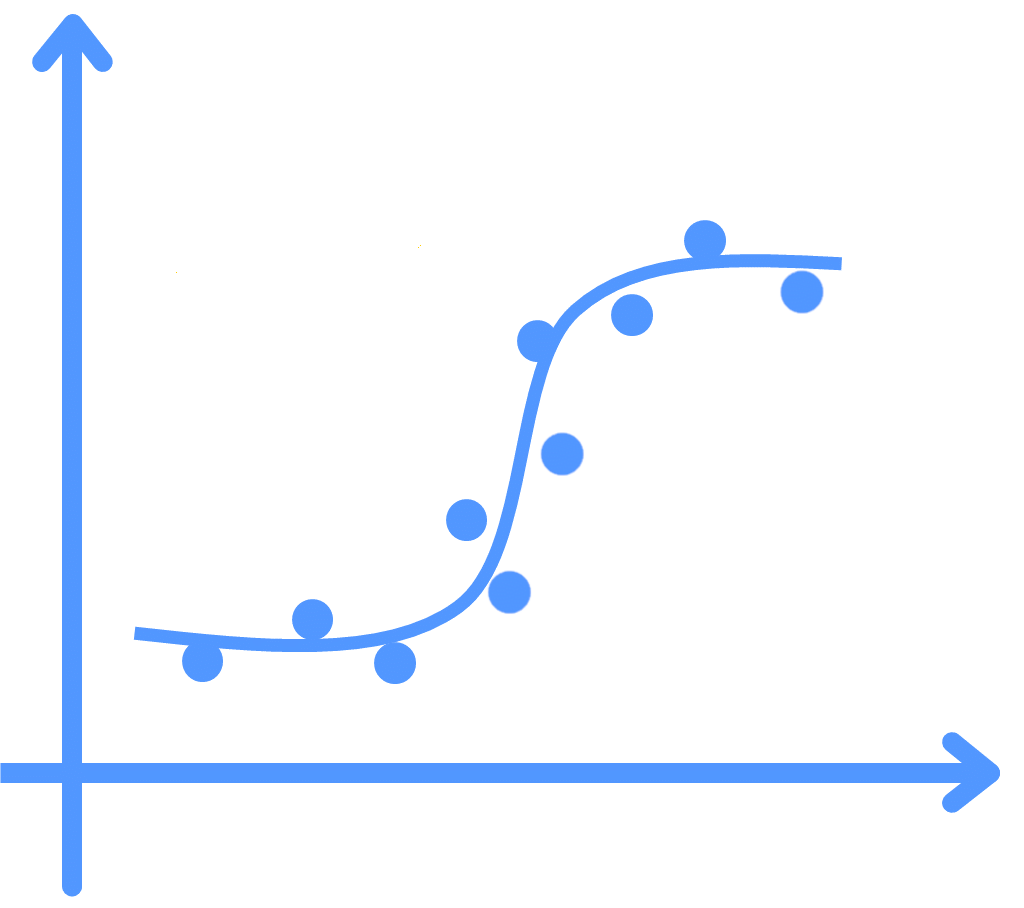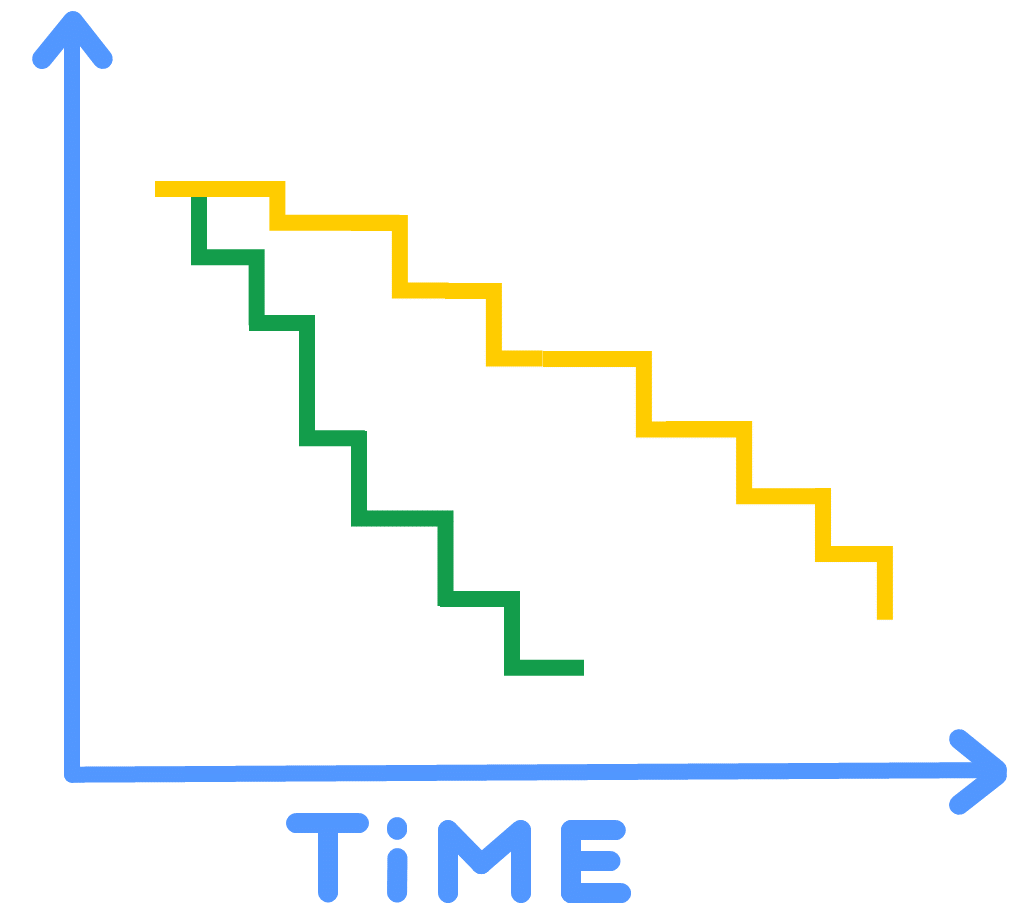Step1: Please select an analysis mode.

Binary classification
The process of dividing new observations into distinct two categories based on the features of a set of input data.

Multiclass classification
The process of dividing new observations into distinct at least three categories based on the features of a set of input data.

Regression
The process of exploring the relationships between dependent variables (labels) and a series of indenpendent variables (features).

Survival
The process of establishing the connection between covariates (features) and the time of events (labels) to predict the risk of future events.
Please access your task status or results via this link